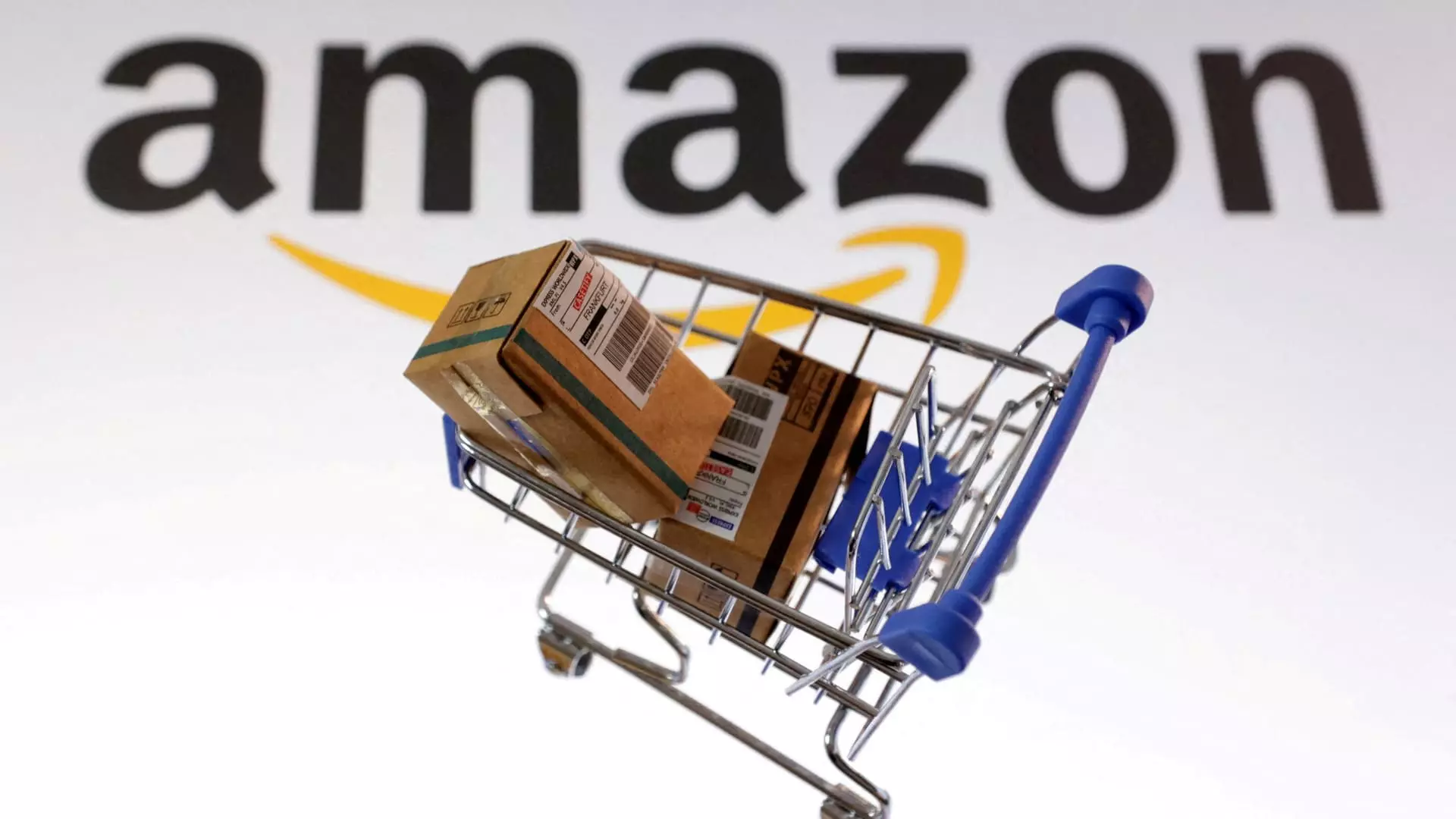In the relentless glare of Wall Street’s spotlight, certain stocks have become darlings not just due to their fundamentals but because they feed the insatiable hunger for growth and innovation. However, beneath the shiny veneer of analyst upgrades and bullish price targets lies a sobering reality: excessive optimism can cloud the judgment, leading investors into a perilous trap. Dell Technologies, Trade Desk, and Amazon are prime examples of companies that, while currently fashionable, demand a critical eye rather than blind faith.
Dell Technologies garners praise partly because of its supposed strategic pivot towards AI-driven infrastructure. Analysts highlight its impressive margins on AI servers and innovations like liquid cooling—impressive on paper, yes. But the optimism about Dell’s ability to deliver high-single-digit revenue growth and double-digit earnings growth is predicated on assumptions that may not materialize as smoothly as projected. The AI boom, while promising, is riddled with uncertainties about market adoption, competitive pressure, and technological obsolescence. Relying heavily on the narrative of AI as a growth catalyst risks overestimating the company’s ability to sustain these margins in a rapidly evolving landscape. The belief that Dell’s diversified global footprint will shield it from tariffs is optimistic at best; geopolitical tensions remain unpredictable, and past corporate forecasts have often been overly hopeful.
Similarly, Trade Desk’s recent rally hinges on a narrative of technological dominance and increasing ad demand. Mahaney’s upgrade to buy and bullish forecasts highlight clear signs of recovery in online advertising. Yet, the industry’s future is far from secure. Increased competition from behemoths like Amazon and Google poses tangible threats, especially as these giants deepen their own ad offerings and supply chains. The optimistic projections for 2026, driven by major sporting events and new platform launches, are ambitious—yet they barely disguise the intense price wars and the commodification of ad space. The illusion here is that Trade Desk’s core strengths will remain unchallenged when in reality, the landscape is cluttered with aggressive competitors capable of chipping away at its market share.
Amazon’s case exemplifies how even a resilient giant can become a victim of inflated expectations. The company’s resilience amidst tariff hikes and price pressures is often celebrated, but this narrative glosses over a more troubling reality: Amazon’s dominance is heavily reliant on its ability to continuously optimize costs, improve delivery logistics, and expand Prime memberships. The recent survey showing stable consumer spending and Prime loyalty paints an optimistic picture but masks the broader threat of slowing growth and future market saturation. The expectation that Prime Day will generate a massive boost amidst economic uncertainty might be wishful thinking. It’s also critical to remember that consumer spending behavior isn’t solely dictated by loyalty programs—rising inflation, economic volatility, and changing consumer priorities could rapidly undermine Amazon’s growth engine.
What becomes glaringly obvious when analyzing these “hot picks” is the pervasive reliance on narrative momentum rather than concrete, sustainable fundamentals. Wall Street’s analyst community, despite their access to data, often fall prey to confirmation bias—fixating on promising signs while downplaying risks. The result: mere optimism that inflates stock prices beyond their intrinsic value, exposing investors to significant downside if growth expectations are not met.
Furthermore, the central issue lies in the overreliance on speculative future gains. When entire investment theses rest on AI adoption, ad market rebound, or Prime loyalty growth, they become extraordinarily sensitive to macroeconomic shocks, regulatory changes, and technological disruptions. The future is inherently uncertain, yet the market’s collective optimism often ignores this reality, favoring short-term narrative wins over long-term resilience.
The danger of this blind optimism is that it fosters herd behavior—more investors chasing high-fotential stocks based on analyst endorsements rather than diligent fundamental analysis. It creates bubbles built on hopes rather than tangible metrics. As history has shown, these bubbles tend to burst when economic conditions shift or when growth slows down unexpectedly. Investing on the basis of “hype” rather than solid fundamentals is a recipe for disappointment, especially for those who do not recognize the underlying fragility.
In this environment, a healthy skepticism is perhaps the most prudent approach. Investors should question whether these companies can truly deliver on their ambitious projections or if they are riding the wave of analyst-driven euphoria. It’s crucial to look beyond the narratives and scrutinize the specifics—competitive positioning, regulatory exposure, technological risks, and economic resilience. Relying on unverified assumptions and overly optimistic forecasts is a perilous strategy, particularly in a macroeconomic climate that remains unpredictable and volatile.
The core lesson is that while Wall Street’s favorite stocks may seem appealing now, the true challenge is assessing their sustainability. A critical perspective rooted in realism and risk awareness can better serve investors than unchecked enthusiasm fueled by selective data and bullish ratings. As tempting as it might be to chase the latest “hot” stock, a cautious, discerning approach remains the most reliable guide in these turbulent times.

